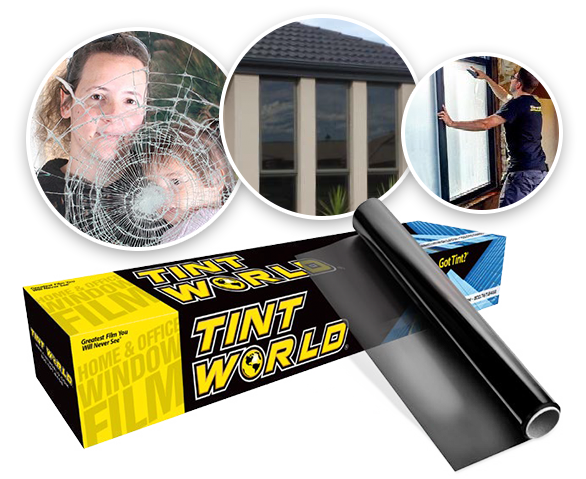Window Tinting Regulations and Guidelines: What You Required to Know Before Tinting Your Automobile
Prior to proceeding with home window tinting for your lorry, it is vital to acquaint on your own with the diverse legislations and guidelines that regulate this technique throughout various states. These guidelines dictate the acceptable degrees of tint darkness, typically gauged by visible light transmission (VLT) portions, and include specific stipulations for front windshields aimed at ensuring road safety and security.
Overview of Home Window Tinting Rules
Home window tinting laws are regularly based on variant throughout different territories, showing neighborhood policies and safety considerations. These regulations determine the acceptable degrees of color darkness and reflectiveness on lorry home windows, ensuring that motorists preserve sufficient presence while also securing against unsafe UV rays and warm.
The majority of laws categorize home window tinting based on the Visible Light Transmission (VLT) percentage, which indicates the amount of light that can pass through the home window. Usually, lower VLT portions signify darker colors. Regulations commonly set apart in between the front, side, and rear windows, with more stringent restrictions related to the front windscreen to enhance security for both the chauffeur and other road customers.
Compliance with home window tinting laws is crucial, as violations can result in penalties, obligatory elimination of the color, and potential rises in insurance costs. It is essential for vehicle owners to acquaint themselves with local laws prior to proceeding with home window tinting setups.
State-by-State Color Regulations
Recognizing the certain window tinting policies in each state is crucial for car owners seeking to adhere to the regulation. Each state in the U.S. has actually established its own set of regulations regulating window tinting, which can differ substantially. These guidelines frequently dictate the allowable degrees of tint darkness, the kinds of home windows that can be tinted, and any kind of clinical exceptions that may use.
For example, states like The golden state have rigid constraints on color darkness for front home windows, while others, such as New Mexico, might permit darker tints. Furthermore, particular states mandate particular visibility percentages for different home windows, consisting of the windshield, front side windows, and rear home windows. It is critical for vehicle owners to familiarize themselves with their state's laws to avoid possible penalties or charges.
Furthermore, some states may call for a certification sticker to be placed on colored windows, showing conformity with state laws. Failure to adhere to these guidelines not only takes the chance of lawful repercussions but can additionally influence safety and visibility while driving. Lorry proprietors ought to perform comprehensive research or speak with neighborhood authorities to make sure full understanding and conformity with state-by-state tint laws.
Allowed Color Levels and Kinds
Many automobile proprietors may be stunned to learn that allowed color degrees and kinds vary extensively throughout different states. Each state has developed its very own guidelines pertaining to the acceptable darkness and reflectivity of home window tint, commonly gauged by Visible Light Transmission (VLT) percents. VLT refers to the amount of light that can go through the colored home windows; therefore, a reduced percent indicates a darker tint.

In addition, the kinds of tint materials allowed can vary, with some states restricting metallic or mirror-like finishes. It is vital for lorry proprietors to familiarize themselves with their state's certain laws to ensure conformity. Non-compliance can result in fines, obligatory removal of the tint, or various other lawful repercussions, making it imperative to recognize these regulations before continuing with setup.
Medical Exceptions for Tinting
While not all states offer allowances for clinical exceptions regarding window tinting, those that do recognize the requirement for details individuals to improve presence and convenience because of clinical problems. Numerous clinical problems, such as lupus, skin cancer, and certain eye disorders, can provide individuals especially sensitive to sunlight. Consequently, these individuals may call for darker colors to shield themselves from hazardous UV rays and glare.

It is essential to note that despite a medical exception, there may still be restrictions on the level of tint allowed. Conformity with state laws makes sure that people are both safeguarded and within lawful limitations. Those taking into consideration medical exemptions need to call their local Division of Motor Vehicles or equal authority to comprehend the needs and procedures go to this web-site essential to obtain an exception successfully.
Charges for Non-Compliance
Falling short to abide by home window tinting legislations can lead to substantial charges, which vary by state. Police are empowered to issue my response citations for vehicles that do not comply with the defined tinting policies. These penalties generally include penalties, which can range from small total up to several hundred bucks, depending upon the intensity of the infraction and the state concerned.
In some territories, duplicated offenses may lead to escalating penalties or extra penalties, such as obligatory court looks. Non-compliance may necessitate the removal of prohibited tinting, typically at the proprietor's expense. In severe instances, habitual offenders may face suspension of their vehicle enrollment until conformity is accomplished.
Furthermore, insurance coverage implications might emerge from receiving several citations for window color offenses. Insurers may see such infractions as an indication of riskier actions, possibly leading to raised premiums or difficulty in protection.
To avoid these penalties, it is vital for automobile owners to acquaint themselves with their neighborhood home window tinting regulations and make sure that their automobile complies (Window Tinting). This proactive approach not only stays clear of lawful implications yet additionally promotes road security
Verdict

A lot of guidelines identify window tinting based on the Visible Light Transmission (VLT) portion, which shows the quantity of light that can pass through the window. Conformity with home window tinting guidelines is important, as infractions can result in penalties, mandatory removal of the tint, and potential boosts in insurance premiums.Recognizing the certain home window tinting policies in each state is essential for vehicle owners looking for to conform with the regulation. These guidelines often dictate the allowable levels of tint darkness, the kinds of home windows that can be tinted, and any medical exemptions that may use.
For instance, states like The golden state have stringent constraints on tint darkness for front windows, while others, such as New Mexico, might enable darker colors.